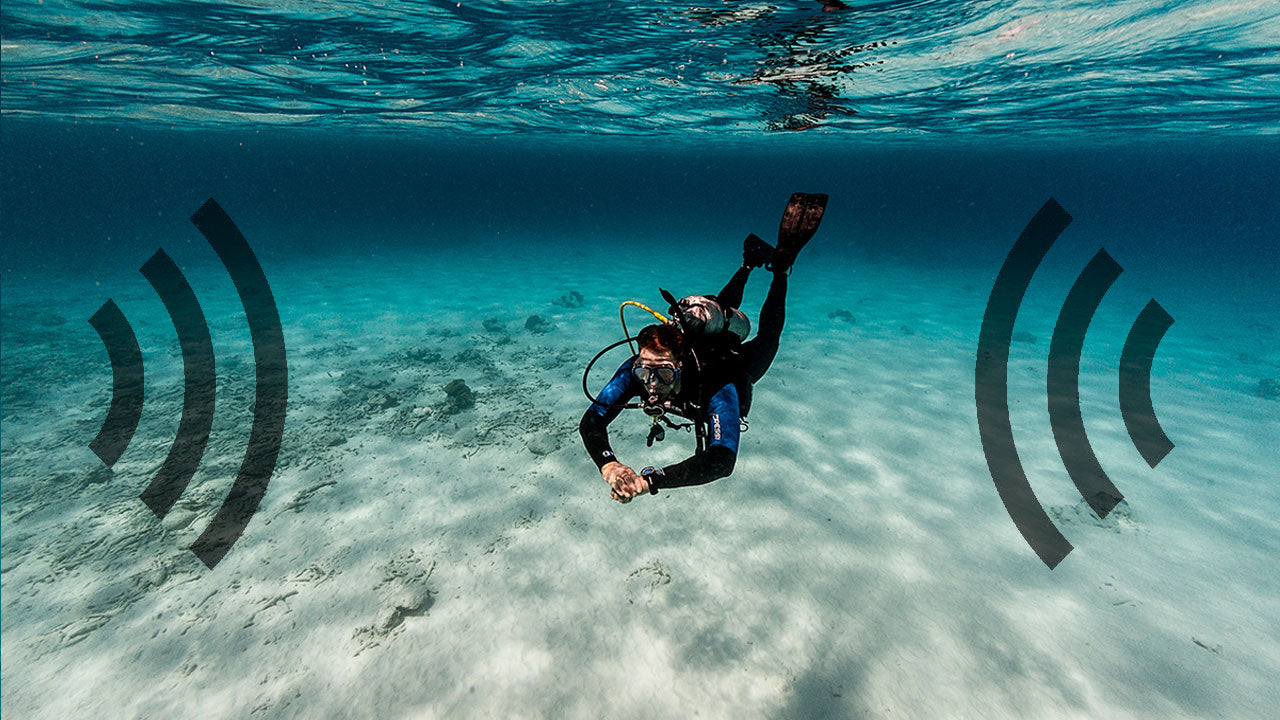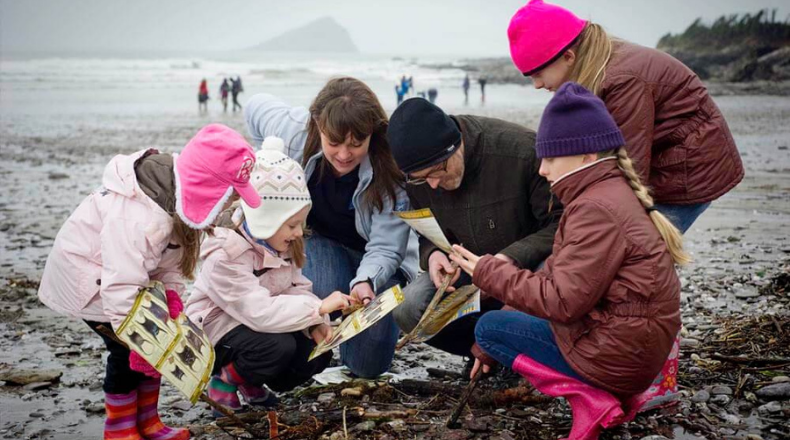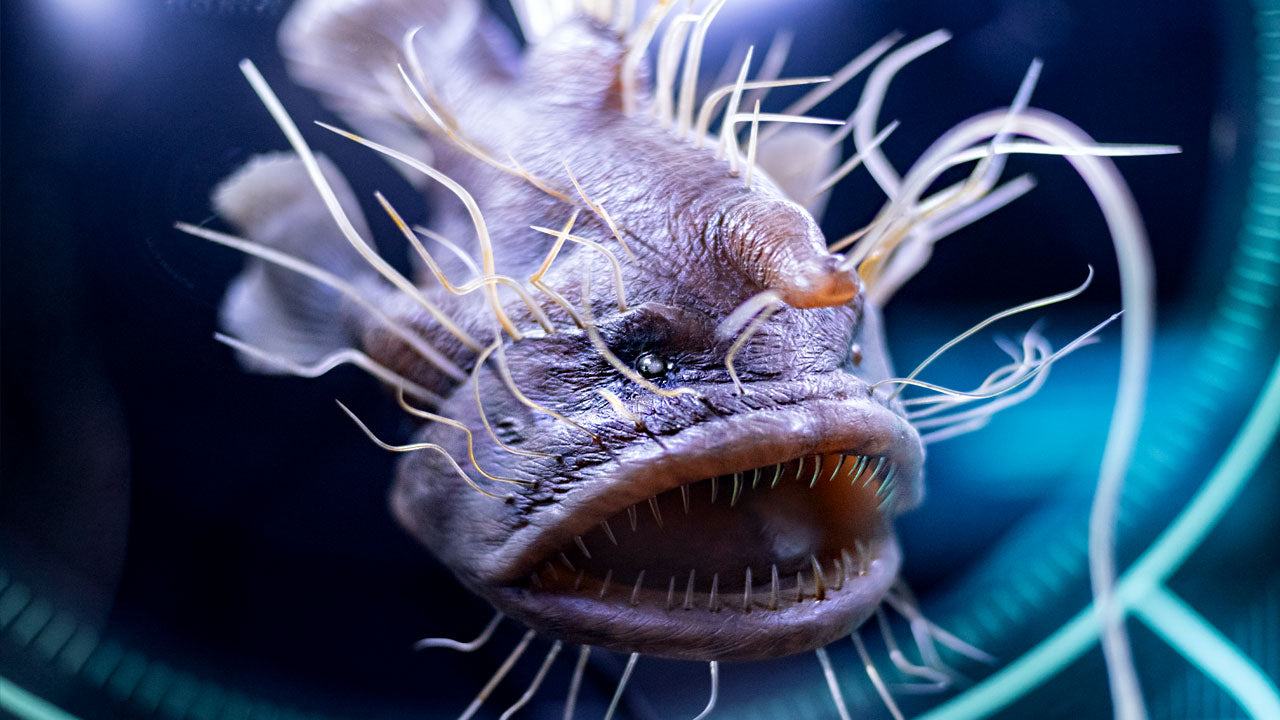Five Tips for Responsible Whale and Dolphin Watching

Whale and dolphin watching tours are growing in popularity, as more people understand that these animals should not be kept in captivity, and so choose to admire them in their natural habitat. Although observing the cetaceans in the wild has a huge potential for good, it needs to be undertaken responsibly to benefit not only the operators and local communities seeking a livelihood, but also the participants, whales, dolphins and the marine environment as a whole. So, if you want to participate in whale or dolphin watching and get the most out of your experience without harming or bothering the animals in the process, you need to follow a few simple guidelines.
1. Find a responsible tour operator for your trip. Make sure to do some research and see if there will be an expert guide on board. The trip should be more about education rather than sensation. A responsible company will have details of guides on their website, their experience and qualifications. It will also have a responsible whale and dolphin watching policy.
2. Coordinate viewing times and directions prior to departure. A responsible operator should always check-in with other vessels before approaching a viewing area to avoid trapping the whales or dolphins. The boat should keep a safe distance from the animals, at least 330 feet (91 meters) away, and maintain a predictable pattern of behavior. Your skipper should avoid startling movements such as changes in speed, direction, or noise level. Each vessel should be kept at a no-wake speed and spend no more than 30 minutes in a particular viewing area.
3. Try to keep the watching event as natural as possible. Always make sure that you allow the animal to control the length and course of the encounter. It is very important not to harass or chase the whale or dolphin. If you opt for seeing the dolphins up close on a kayaking adventure, remember that these are wild animals and their skin is very sensitive. Though it may be tempting to touch or pet them as they skim the water next to you, it’s best to keep your hands to yourself. It is also strictly prohibited to feed the whales and dolphins. You do not want to perturb their natural feeding habits, which may cause big problems in the long run. Finally, always be aware of signs of distress. If you think the animals become disturbed or frustrated, leave the area of interaction immediately and very slowly.
4. Avoid noise pollution. All sonar devices (depth sounders, fish finders) should be switched off when a vessel is in the vicinity of whales and dolphins. Also, pictures of all marine mammals should be taken with the flash off.
5. Do not enter the water with the animals. Most experts will recommend that you do not swim with whales or dolphins, but rather maintain a safe distance away, above the water. There is no direct understanding of the behavior of these water mammals, and therefore it is too risky to enter the water when they are present. By staying out of the water, you are providing the animal with the most natural experience possible when it comes to human observation.
For more useful whale and dolphin watching tips see the infographic below.

Source: Off The Map Travel




